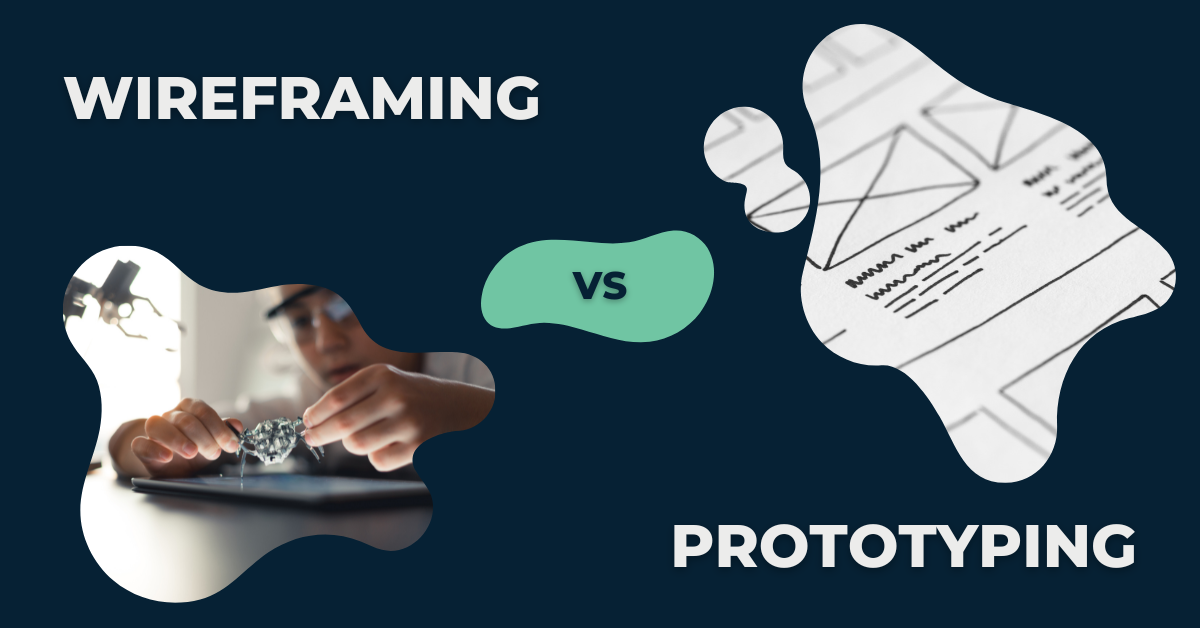

Wireframing and prototyping are both important steps in the design process for creating digital products such as websites or mobile apps.
Wireframing is a preliminary visual representation of the product that outlines its basic structure and layout. It typically includes simple shapes and placeholders for content, and is used to establish the overall structure and user flow of the product. Wireframes are often created using a digital design tool or by sketching on paper.
Prototyping, on the other hand, involves creating a working model of the product that simulates its functionality and user experience. This can include interactive elements such as buttons, menus, and forms. Prototypes are used to test and refine the design, identify any usability issues, and get feedback from users before finalizing the product.
In summary, wireframing is a basic visual representation of the product’s structure, while prototyping is a working model that simulates the product’s functionality and user experience.





Wireframing and prototyping are both important steps in the design process for creating digital products such as websites or mobile apps. Wireframing is a preliminary